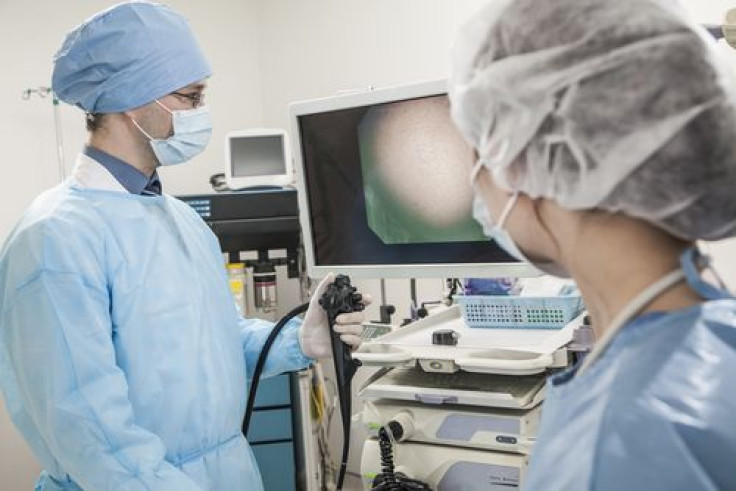Robot-Assisted Prostate Surgery Has Been Widely Adopted By US Surgeons To Treat Cancer: Study

Robot-assisted surgeries are on the rise due to their precision and success rates. A new study reveals that in recent years more and more surgeons have preferred to use robot assistance in prostate removal surgeries required for treatment of prostate cancer. The study also states that the earlier expensive procedure is now getting more affordable. The study appears in the online edition of BJU International on Tuesday.
What Is Robot-Assisted Surgery?
In robotic surgery, a surgeon performs procedures by using small tools attached to a robotic arm. The surgeon manipulates the robotic arm with the help of a computer. The surgeon first makes a tiny incision and then uses the computer to control the devices and perform the surgery. A tiny camera attached to the end of the instrument gives the surgeon a 3D view of the body on the computer screen. The doctor's hand movements are mimicked by the robot during the procedure.
The advantage of this method is that it's minimally invasive. So instead of a long incision needed in open surgery, the surgeon makes short incisions. This means there is lesser loss of blood and healing time is quicker. Many surgeons prefer this method, as it allows them greater access to the area being operated.
Robot-assisted surgeries have been used in coronary artery bypass, gallbladder removal, kidney transplants, and prostate cancer treatment.
Robot-assisted surgeries in prostate removal were first introduced in 2001. To examine trends in the use of such robotic-assisted radical prostatectomy (RARP) procedures for prostate cancer patients, Dr. Steven Chang of Harvard Medical School, the Dana- Farber Cancer Institute, and Brigham and Women's Hospital, led a team that analyzed 489,369 men who underwent non-RARP (open or laparoscopic radical prostatectomy) or RARP in the United States from 2003 to 2010.
During the start of the study, only 0.7 percent of surgeons were known to use RARP. But during the course of the study, RARP adoption (defined as performing more than 50 percent of annual radical prostatectomies with the robotic approach) increased to 42 percent by surgeons preforming radical prostatectomies. RARP was more likely to be adopted by surgeons who performed at least 25 radical prostatectomies each year.
The study also found that from 2005 to 2007, adoption was more common among surgeons at teaching hospitals and at intermediate and large-sized hospitals. After 2007, more surgeons at urban hospitals started adopting RARP.
Due to the high costs associated with RARP, there was a 40 percent increase in annual prostate cancer surgery expenditures; however, by the end of the study, RARP costs generally decreased and remained stable at slightly over $10,000 while non-RARP costs increased to nearly $9,000.
"Our findings give insights on the adoption of not just robotic technology but future surgical innovations in terms of the general pattern of early diffusion, the potential impact on costs of new and competing treatments, and the alternations in practices patterns such as centralization of care to higher volume providers," Chang said in a press release.
Source: Chang S, Kibel A, Brooks J, Chung B. The Impact of Robotic Surgery on the Surgical Management of Prostate Cancer in the United States. BJU International. 2014.



























